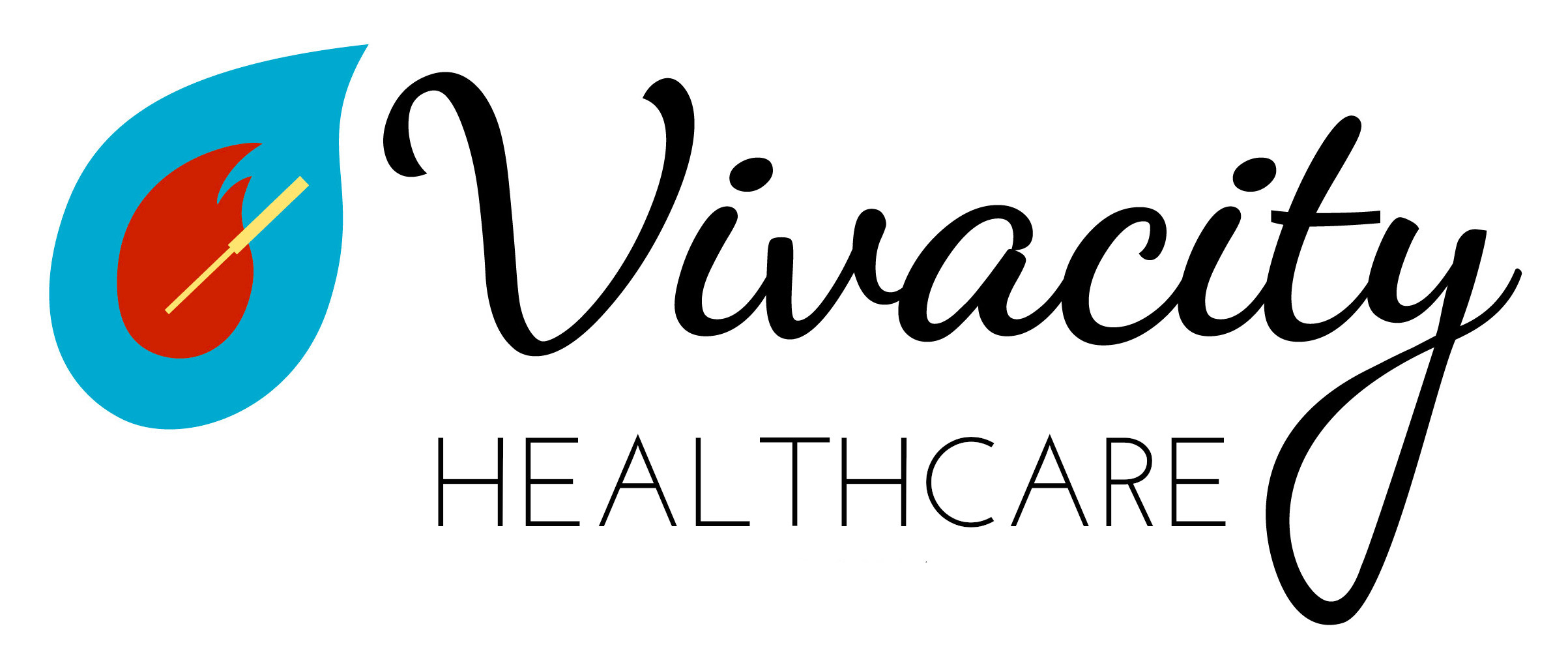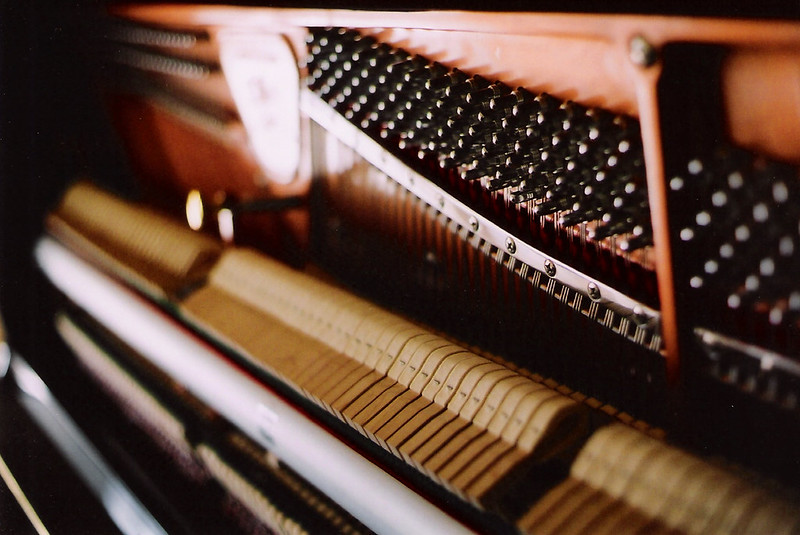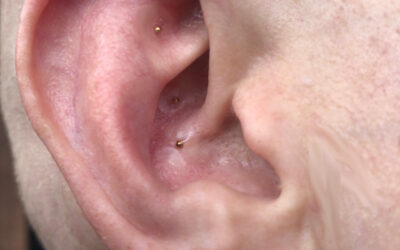Summary
Music can be defined as sounds organized in varying rhythmic, melodic and dynamic patterns performed on different instruments. For the purposes of this post, I will use the more generic term 'sound' because there is such a wide range of variability (sound pressure, frequency, etc) that can yield the beneficial effects this post will touch on.
I’m thrilled that the clinical portion of my research collaboration with Cardea Ketamine Space has concluded. It was an incredible experience and we’ll be announcing the results plus more opportunities to engage in this type of mind-body transformative experience in the new year so stay tuned!
The sound therapy component of this study, with live instruments used during the ketamine experience by ceremonial space holders Greg Droggitis and John MacLean, was an integral component. Read on for a few profound takeaways from the research on this subject.
Everybody is different, and we all are aware of sounds that we find pleasurable and those that rub us the wrong way. The quick version of the lesson is that sounds, particularly those that we personally find pleasurable, can bestow wide ranging health benefits.
The benefits of therapeutic sound in this context can be boiled down to two aspects:
1) reducing anxiety and stress, and
2) promoting neuroplasticity. Interestingly, both of these are frequently also the goal of either acupuncture or ketamine (or other psychedelic) therapy.
Understanding this, it makes perfect sense why these approaches complement each other so well.
The effects of sound on reducing anxiety and stress are often assessed in research by looking at brain waves and heart rate variability (HRV). Studies tentatively suggest that effects may diminish after discontinuing music therapy– so get your daily dose [1]! Familiar music associated with certain memories may help processing emotions, trauma and grief while music with a particular mood may help with emotional regulation. For instance, more upbeat music for as little as 12 minutes may raise heart rate an increase happiness (particularly when being more happy is your goal in listening to the music) [2].
These improvements don’t just play out on a mental-emotional level– studies on pain management show the ability to attenuate chronic pain conditions such as fibromyalgia a daily hour of music has significant effects [3]. Beneficial effects on immune system support [4] have also been noted in several studies with the overall trend to understand these complex effects as part of an interwoven mind-body experience [5].
Sound’s effects on neuroplasticity are couched within research on music and ‘learning.’ Notably, music exposure has been found to enhance brain-derived neurotrophic factor (BDNF) [6], a neurochemical that can aid in the survival of neurons. In the aftermath of a brain injury, sound therapy can invoke physical brain changes and improve cognitive functioning [7].
With a myriad of benefits cross-affecting multiple body systems, it is no wonder that sound and music plays a pivotal role in many traditional medical systems including Traditional East Asian Medicine [8]. Many of us intuitively gravitate to certain types of sound to achieve these benefits consciously or subconsciously. Research validates these inclinations and can perhaps shed some additional light on how to maximize these benefits.
References:
[1] Lu, G., Jia, R., Liang, D., Yu, J., Wu, Z., & Chen, C. (2021). Effects of music therapy on anxiety: A meta-analysis of randomized controlled trials. Psychiatry research, 304, 114137. https://doi.org/10.1016/j.psychres.2021.114137
[2] Ferguson, Y. L., & Sheldon, K. M. (2013). Trying to be happier really can work: Two experimental studies. The Journal of Positive Psychology, 8(1), 23-33.




